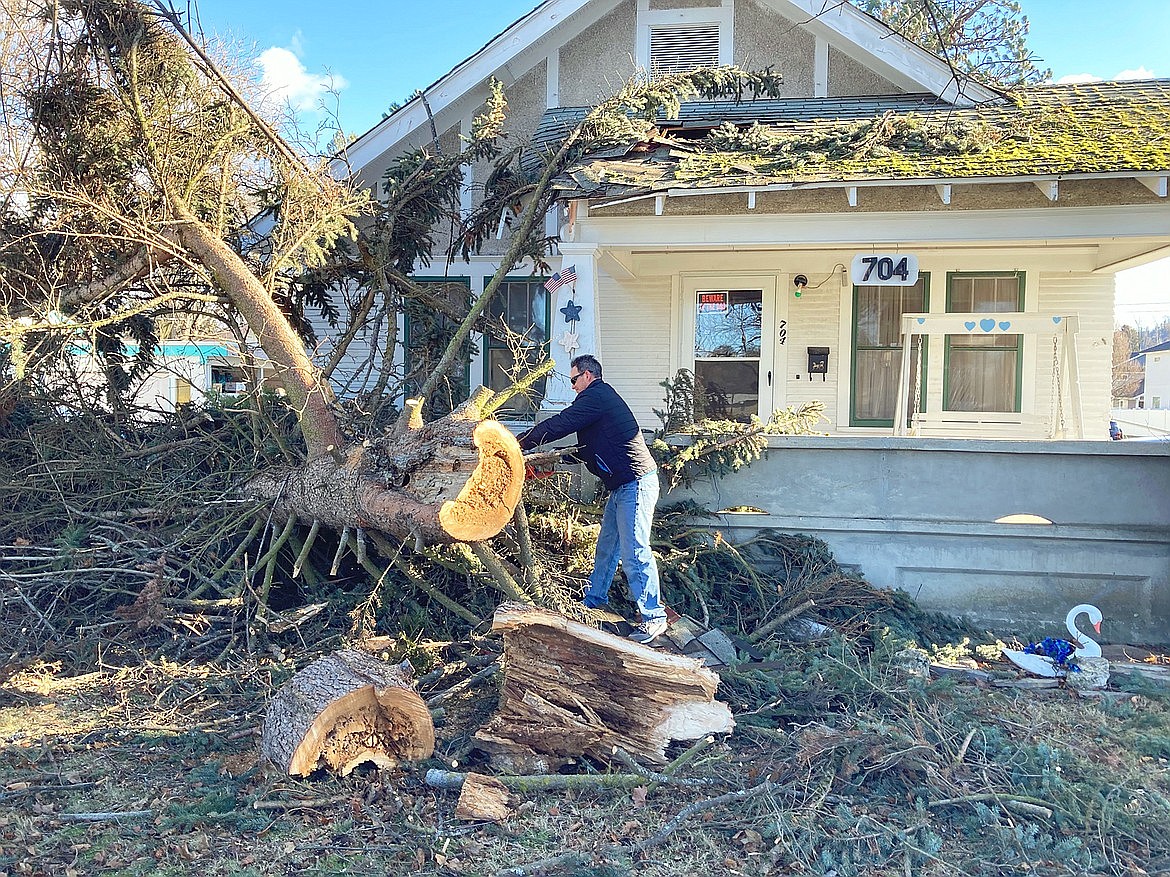January weather bizarre so far
|
January 18, 2021 1:09 AM
Last Wednesday, much of the panhandle was hit with another big windstorm that resulted in widespread power outages. About 67,000 customers were without power and there were thousands of branches down shortly after the storm hit the region. ...
Become a Subscriber!
You have read all of your free articles this month. Select a plan below to start your subscription today.
Already a subscriber? Login



